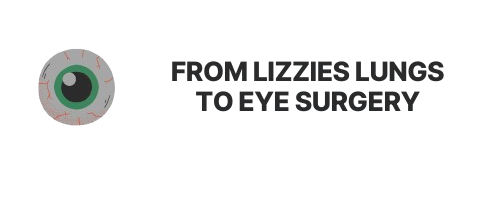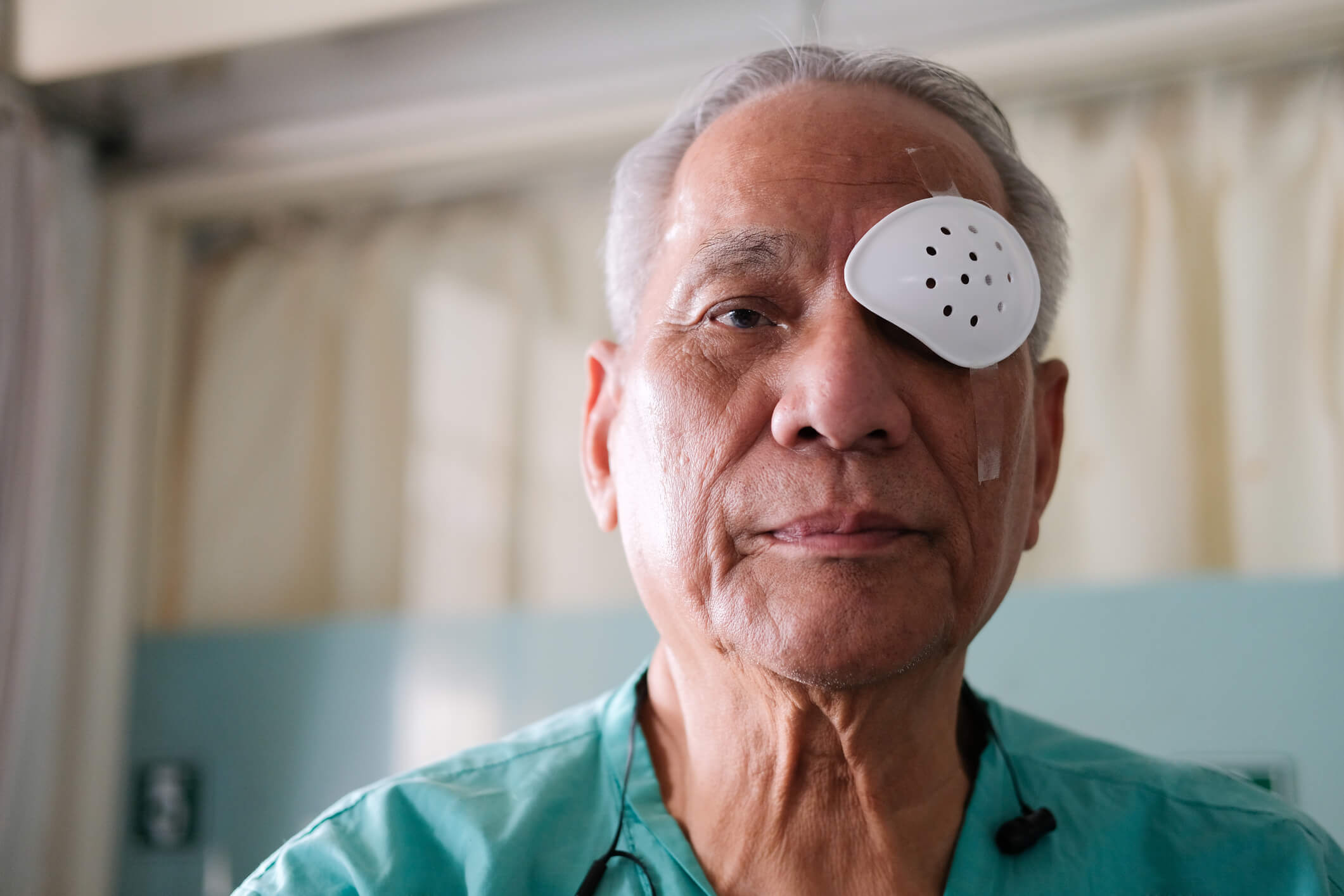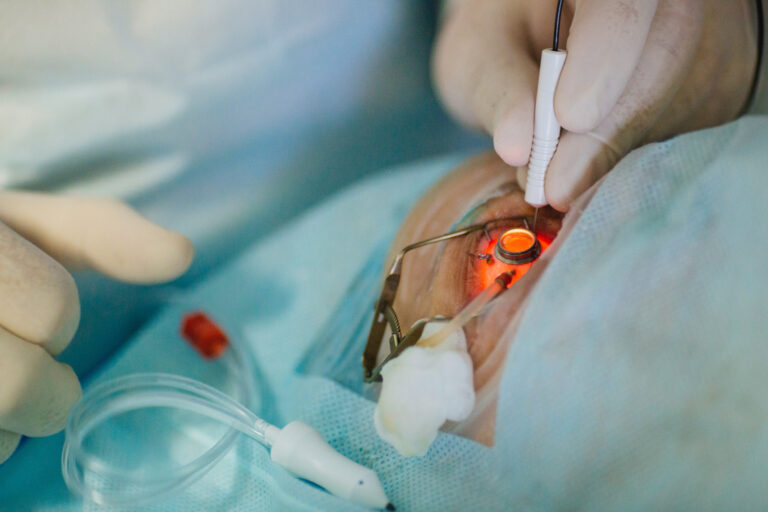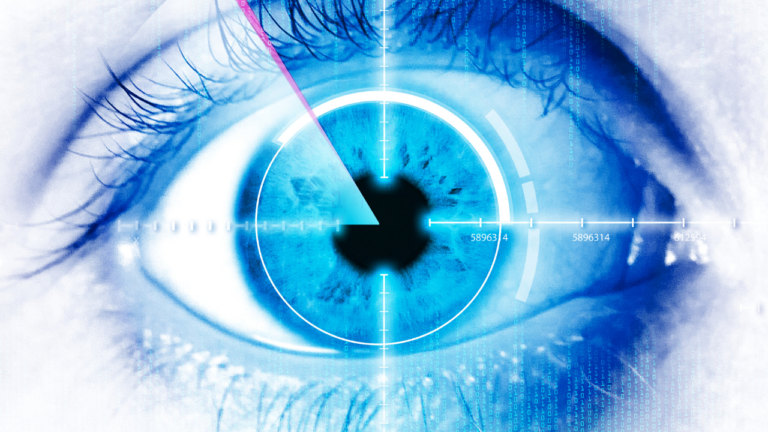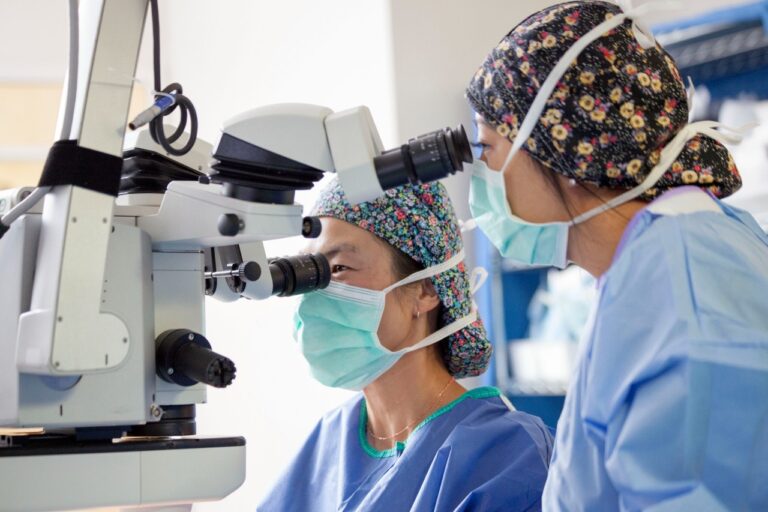The Truth About Cataract Surgery in Australia and Recovery Time
Cataract surgery is one of the most commonly performed surgical procedures in the world, particularly in Australia. Understanding the intricacies of this surgery and the recovery process can be crucial for patients considering the operation. This article aims to provide comprehensive insights into cataract surgery and its implications on recovery time in the Australian healthcare context.
Understanding Cataract Surgery
What is Cataract Surgery?
Cataract surgery is a surgical procedure designed to remove a cloudy lens from the eye and replace it with an artificial one, known as an intraocular lens (IOL). The clouding of the lens is primarily caused by age-related changes, resulting in diminished vision and, in some cases, complete blindness. This surgery aims to restore clear vision and improve the patient’s quality of life.
In summary, understanding the truth about cataract surgery Australia and the recovery process can empower patients to make informed decisions. With proper care and realistic expectations, individuals can look forward to regaining clear vision and enhancing their quality of life.
The surgery has evolved markedly over the years. In modern practices, it is typically performed on an outpatient basis, allowing patients to return home the same day. It is known for its high success rates, with most patients experiencing improved vision shortly after the procedure. Additionally, advancements in technology have led to the development of various types of IOLs, including multifocal and toric lenses, which can address not only cataracts but also other vision issues such as astigmatism and presbyopia, thereby enhancing the overall visual experience.
The Procedure of Cataract Surgery
The cataract surgery procedure generally involves a few key steps. Initially, the surgeon will administer local anesthesia to ensure the patient’s comfort. A small incision is then made in the cornea, allowing access to the lens. Through a technique called phacoemulsification, the cloudy lens is broken into smaller pieces using ultrasound waves and is subsequently removed.
Finally, the artificial lens is inserted, and the incision typically seals itself without the need for stitches. This minimally invasive approach results in a quicker recovery and less postoperative discomfort. Patients can expect their procedure to take around 15 to 30 minutes, depending on individual circumstances. Following the surgery, patients are often advised to rest and avoid strenuous activities for a short period. It’s also common for doctors to prescribe eye drops to prevent infection and reduce inflammation, ensuring a smooth healing process. Most patients find that their vision improves significantly within a few days, allowing them to return to their daily activities with renewed clarity and confidence.

The Australian Perspective on Cataract Surgery
Prevalence of Cataract Surgery in Australia
Cataract surgery is a prevalent health service in Australia, with thousands of procedures performed annually. According to the Australian Institute of Health and Welfare, over 300,000 cataract surgeries were conducted in 2021 alone. The rise in surgeries corresponds with an aging population, as cataracts are more common in older adults.
The demand for the procedure continues to increase, leading to ongoing discussions about resource allocation and waiting times within the Australian healthcare system. Many Australians turn to this surgery as a means to regain their independence and enjoy activities that may have become challenging due to vision impairments. The emotional and psychological impact of vision loss can be profound, affecting not only the individuals but also their families and communities. As such, the successful restoration of vision through cataract surgery is often celebrated as a significant milestone in a patient’s life, allowing them to reconnect with hobbies, social activities, and even simple daily tasks that they may have taken for granted.
The Australian Health System and Cataract Surgery
The provision of cataract surgery in Australia is facilitated through both public and private healthcare systems. In the public system, patients may experience longer waiting times due to high demand. However, they are provided surgery at no direct cost. In contrast, private healthcare offers reduced wait times but often comes at a financial cost, including consultations and the procedure itself.
This dual system allows patients to choose based on their preferences and financial situations, fostering a flexible approach to managing cataracts. Nevertheless, the government and health organizations continually strive to maintain accessibility to this essential service. Moreover, advancements in surgical techniques and technology, such as phacoemulsification and intraocular lens implants, have significantly improved outcomes for patients. These innovations not only enhance the efficiency of surgeries but also contribute to shorter recovery times and better overall patient satisfaction. As a result, the Australian healthcare landscape is increasingly focused on integrating these advancements while ensuring that all Australians, regardless of their economic status, have access to high-quality cataract care. Read more about technology on https://www.open.edu/openlearn/science-maths-technology/engineering-technology/what-technology
The Recovery Process After Cataract Surgery
What to Expect Immediately After Surgery
Immediately following cataract surgery, patients can expect to rest in a recovery area for a short period. While the majority will find their vision clearer, it can still be somewhat blurry as the eye adjusts to the new lens. A protective shield may be placed over the operated eye, which patients are advised to wear for a few days, particularly during sleep.
Pain and discomfort can vary from patient to patient but are generally manageable with prescribed medications or over-the-counter painkillers. It’s common for patients to have follow-up appointments to monitor progress and ensure healing. During these visits, the surgeon will assess the eye’s condition and may perform tests to measure visual acuity, providing reassurance and guidance on the healing process.
Long-Term Recovery and Healing
Long-term recovery from cataract surgery typically takes a few weeks to several months. During this time, most patients experience gradual improvements in their vision. However, it is crucial to follow post-operative care guidelines, which usually include avoiding strenuous activities, refraining from rubbing the eyes, and using prescribed eye drops regularly to prevent infection and inflammation. Patients are often encouraged to engage in light activities such as reading or watching television, as these can help stimulate the visual system without straining the eyes.
Some patients may notice fluctuations in their vision as they adjust to the new lens. It is essential to remain patient during this process and to keep in close contact with the healthcare provider for any concerns that arise. Additionally, many individuals find it beneficial to keep a journal of their vision changes, noting improvements or any unusual symptoms, which can be helpful during follow-up appointments. This proactive approach not only aids in monitoring recovery but also fosters a sense of involvement in one’s healing journey, empowering patients to take charge of their post-operative care.
Read about cataract operation at: What to Expect Before and After a Cataract Operation
Factors Influencing Recovery Time
Age and Recovery Time
Age is a significant factor influencing recovery time following cataract surgery. Older adults may face a more prolonged healing process due to other prevalent health conditions, but advancements in surgical techniques have made it easier for them to regain vision effectively.
However, young patients generally experience quicker adaptations as their eyes tend to heal faster. Factors such as lifestyle, adherence to aftercare instructions, and overall physical health also play essential roles in recovery duration. For instance, younger individuals often have more robust immune systems, which can facilitate a more efficient healing process. Additionally, their ability to engage in regular physical activity can promote better blood circulation, further aiding recovery. On the other hand, older patients may need to consider their overall activity levels and how they can safely incorporate gentle exercises to support their healing journey.
Health Conditions and Recovery Time
Pre-existing health conditions, such as diabetes or macular degeneration, can complicate recovery and extend healing times. Patients with these conditions may need additional follow-ups to address specific concerns that may impact their vision post-surgery.
In contrast, patients in good general health tend to recover more swiftly and experience fewer complications. Thus, a thorough preoperative assessment is crucial to understand individual patient needs and anticipate any potential hurdles in recovery. Moreover, managing existing health issues proactively can significantly enhance the recovery experience. For example, patients with diabetes are encouraged to maintain stable blood sugar levels before and after surgery, as fluctuations can hinder the healing process. Similarly, those with hypertension should ensure their blood pressure is well-controlled, as this can also affect ocular health and recovery outcomes. Engaging with healthcare providers to create a tailored recovery plan can empower patients, providing them with the tools they need to navigate their healing journey effectively. Click here to find more about pressure.
Common Misconceptions About Cataract Surgery and Recovery
Debunking Myths About the Surgery
Despite the high success rates of cataract surgery, several misconceptions persist. One common myth is that cataract surgery is painful. In reality, most patients report minimal discomfort during and after the procedure, crediting the effective use of local anesthesia. Surgeons typically employ advanced techniques that allow for a quick recovery, and many patients are surprised at how swiftly they can return to their daily activities. Additionally, the use of sedatives can help ease any anxiety, making the experience more comfortable.

Another myth is that cataracts can grow back after surgery. Once the cloudy lens is removed, it cannot regenerate, although some patients may experience posterior capsule opacification months or years later, which can be treated with a straightforward outpatient procedure. This condition occurs when the thin membrane that holds the artificial lens in place becomes cloudy, leading to a return of blurry vision. Fortunately, this is a common and easily manageable issue, often resolved with a quick laser treatment known as YAG laser capsulotomy, which can restore clarity almost immediately.
Setting Realistic Expectations for Recovery
Setting realistic expectations is key for patients undergoing cataract surgery. While many anticipate immediate improved vision, it is essential to recognize that complete recovery may take longer. Patience and adherence to postoperative instructions are vital components for success. Patients should be aware that their vision may fluctuate in the days following surgery as the eye heals. It’s not uncommon to experience some blurriness or halos around lights during this period, which can be disconcerting but is typically temporary.
Moreover, the recovery process can vary significantly from person to person. Factors such as age, overall health, and the presence of other eye conditions can influence how quickly one heals. Engaging in follow-up appointments is crucial, as these visits allow the surgeon to monitor healing and address any concerns. Many patients find that by the end of the first week, they can enjoy activities like reading or watching television with greater ease, and by the end of the month, their vision may be significantly improved, allowing them to return to hobbies and tasks they love.
